Imagine your handbag closet is chock- full of Hermès Birkins and Kellys in leather. You’ve been fortunate to have several Special Orders as well. Or maybe you just love a reptile… as a purse (not a pet). Some of the toughest bags to snag are, in fact, Hermès exotics.
Judy Taylor, the founder of Madison Avenue Couture, is an expert in sourcing Hermès bags and specializes in exotics. We sat down with Judy to do an exclusive Q&A, she educates us on how to buy and use these stunning and scarce creations.
PB: What is the most important factor for someone selecting their first exotic Birkin or Kelly? What should you look for when choosing?
JT: Buying an exotic Birkin or Kelly is a major investment and should be carefully planned. For a first time purchaser, especially a person unlikely to buy many exotics, I suggest black or a neutral color, like graphite. There are several reasons: First, they are classic so they are likely to get the most use. Second, if carefully maintained, they tend to withstand use better than bright colors. Finally, they maintain their popularity, especially for other first time buyers. For example, we just sold two vintage black crocodile kellys from the 1960s, both to first time exotic buyers.
Beyond that, it’s a matter of individual preference – Birkin or Kelly, matte or shiny skin, palladium or gold hardware. And, finally, the size they prefer.
PB: Most of us assume exotic means crocodile, but we are hearing buzz about alligator too, Can you explain how crocodile and alligator differ?
JT: Hermès makes handbags in a variety of skins. Porosus crocodile, which comes primarily from Australia, is the most costly of the skins. It is known particularly for its small and symmetrical scales. Nilo (short for niloticus), comes from Africa. Nilo scales tend to be larger. Both porosus and nilo crocodile have pores, which can be seen as little dots on the scales of every bag.
Alligator, also known as Alligator Mississippiensis, is farmed in the United States. Alligator skin has no pores. The alligator scales tend not to be as uniform as the crocodile scales.
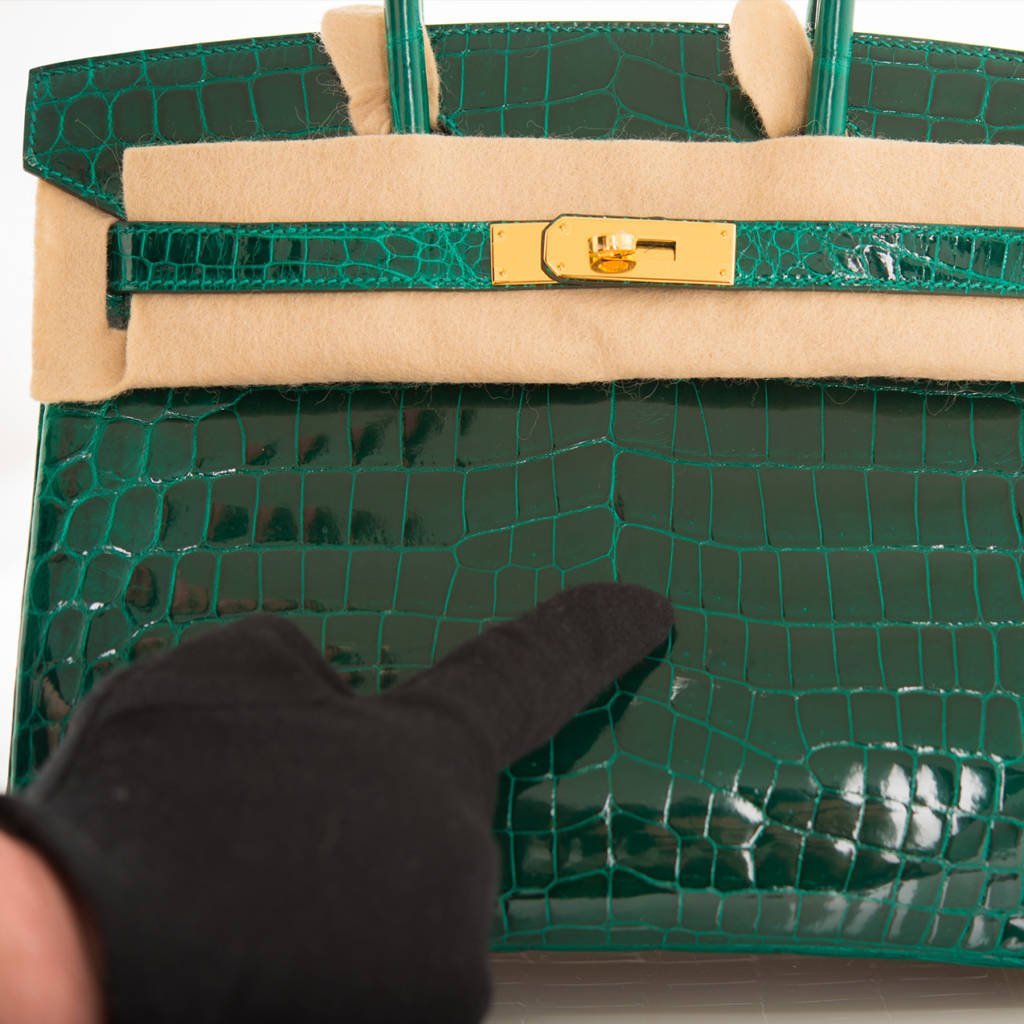
Emerald Shiny Niloticus Crocodile Birkin 30cm Gold Hardware, click image for more details.
PB: Is crocodile or alligator more valuable?
JT: Porosus is considered the most valuable of all exotic skins. Having said that, the skins are becoming increasingly more difficult to distinguish. This reflects Hermès’ selection of skins and its production process. Nilo and gator bags are looking more like porosus bags in terms of symmetry with smaller scales on the sides and increasingly larger scales toward the center.
It seems that Hermès has stepped up its production of gator Birkins and Kellys, likely reflecting its lower cost of production and greater availability. Today, matte is most frequently found to be made of gator, but even shiny gator Kellys are as beautiful as their porosus counterparts.
Prices at the store do reflect the skin but the variation in price has narrowed over the years.
PB: If the three skins are similar, how can we distinquish between the three skins?
JT:The most simple way is to look at the symbols next to Hermes stamp under the front flap of the bag. A bag of porosus crocodile has a carat next to the stamp (^), a nilo crocodile bag has two dots ( .. ), and an alligator bag has a square ().
PB: Many exotics are as expensive as a luxury car which will depreciate the moment it is driven off the lot. Will an exotic Birkin or Kelly hold value or depreciate once used?
JT: Like luxury cars, Hermes exotics when cared for will maintain their value. There will be little depreciation and, if held for decades, I would guess that they would actually appreciate in value (inflation not considered).
PB: We see examples of shiny and matte exotic Hermès skins, which is better and why?
JT: It’s a matter of choice. Shiny (or lisse) crocs glimmer and many women believe that a crocodile bag must be shiny. Matte is more subtle and young. Hermès collectors seem to prefer matte crocodile bags.
Shiny bags tend to be a bit harder to care for as they are susceptible to water stains and can lose their shine over time, especially if they rub against clothing while being worn. If anything, matte exotics tend to develop a slight patina (shiny) over time.
Keep in mind that not all colors come in both shiny and matte. For example, some of the most coveted colors like braise, emerald and gris tourterelle only come in lisse. Popular colors like Beton and Gris Pearle only come in matte. Other colors like black, graphite, mimosa, blue electric and cactus come in both. The same color may appear completely different in shiny and matte skins and someone may want a bag in shiny but not in matte or vice versa.
PB: Do you need to baby an exotic? How do you care for it?
JT: I believe that a bag, be it a leather or an exotic, should be worn and appreciated. Skins do have a tendency to crease so straps and flaps should not be bent if possible. Water is an enemy; if the forecast is for a rain, take a leather bag instead. Heat and humidity also should be avoided. Try to keep hands dry as handles tend to darken and soften from hand oils; this is one reason people tend to use twillies on their bag handles. Finally, try not to let the bag rub against clothing, especially if the clothing is dark and the bag light. Like leathers, exotics can be subject to color transfer.
PB: How rare is it to be offered an exotic? Any idea how many are in circulation or how many Hermès produces each year?
JT: The demand for exotic bags extremely outweighs the supply and, except for the lucky person who happens to be in an Hermès store at the right time, exotics are held for VIP customers. No one except Hermès knows how many exotic Birkins and Kellys are made annually, but the last statistic on exotic bag production was about 3,000 bags a year. That was several years back, so I would assume production is up substantially. Any number encompasses all exotic bags, not only the Birkin and Kelly. Regardless, Hermes cannot keep pace with the popularity of its exotics.
PB: What do you think about buying a preowned exotic vs. a new one?
JT: I think that for the budget conscious Hermès lover, a preowned croc is an excellent way to either “dip” into the exotic category, or to add to her collection. The prices are typically significantly lower than a never-carried one. I highly recommend that an exotic bag be purchased from a highly reputable and experienced seller of Hermès. Specialists, like us, are very careful in our inspection of these bags and note loss of gloss, water stains, loss of skins, darkening of handles, loss of shape, etc. These condition matters impact the look and value of the bag. We’ve seen offers for crocodile bags with darkened handles and loss of gloss being presented and graded as mint condition. Hermès is limited in what it can do to restore these damages so it is best to go to someone who is knowledgeable and can explain these details. On leather bags, this is valuable, but on exotics, it is essential.
Are you in the market for an exotic? Let us know what you’re desiring. Feel free to reach out to the Madison Avenue Couture team with further questions or inquiries, alternatively, if you would like us to make an introduction, we remain at your disposal.
Happy hunting!
Love PurseBop
XO
Updated: May 18th, 2018

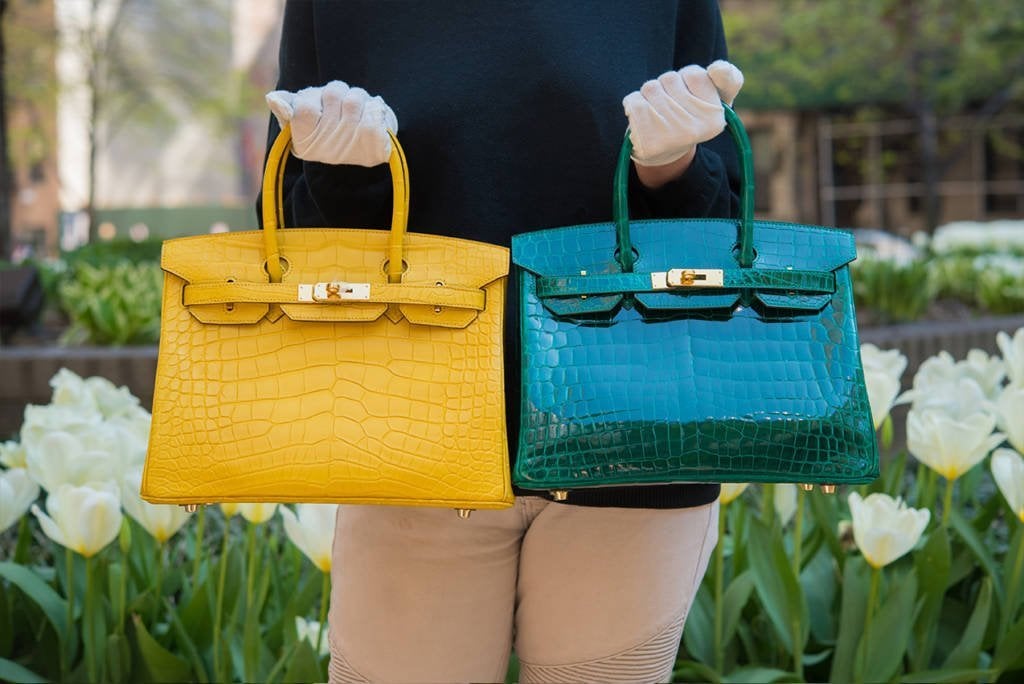
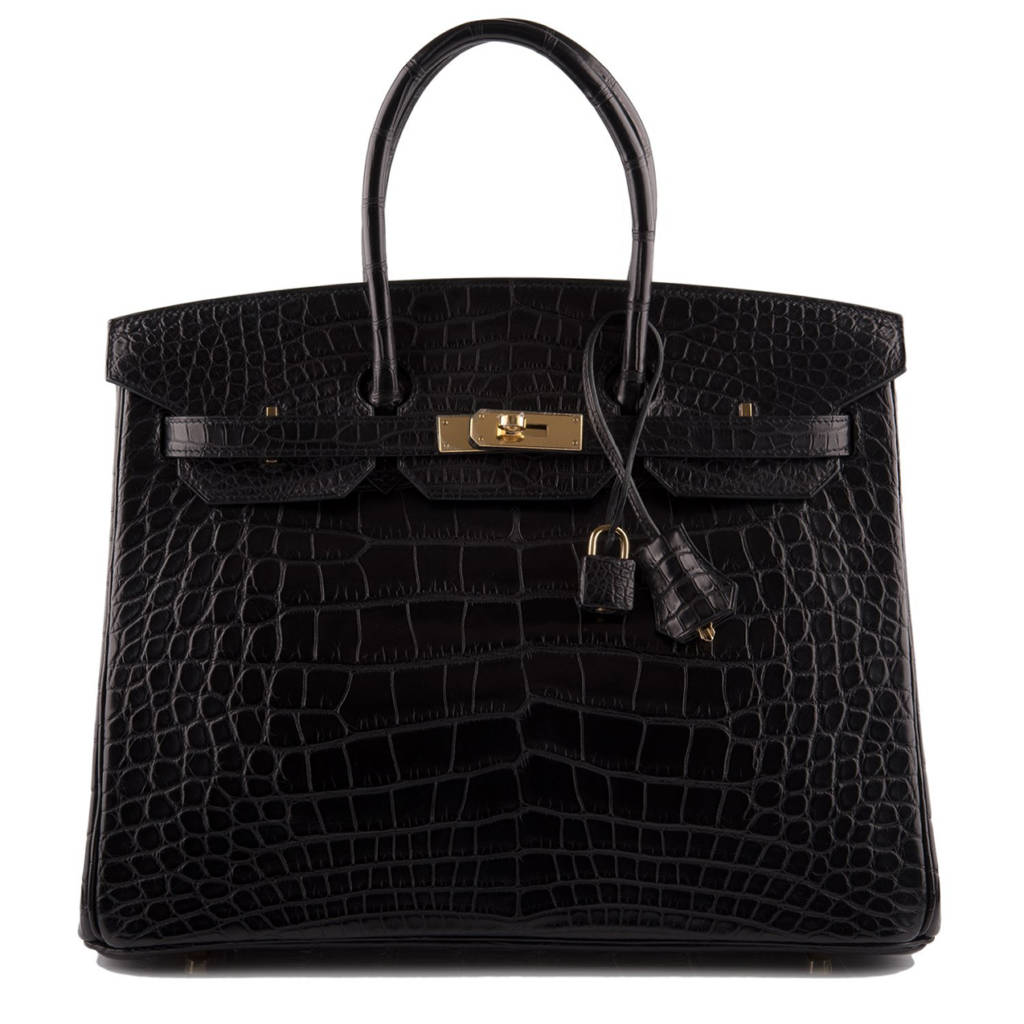
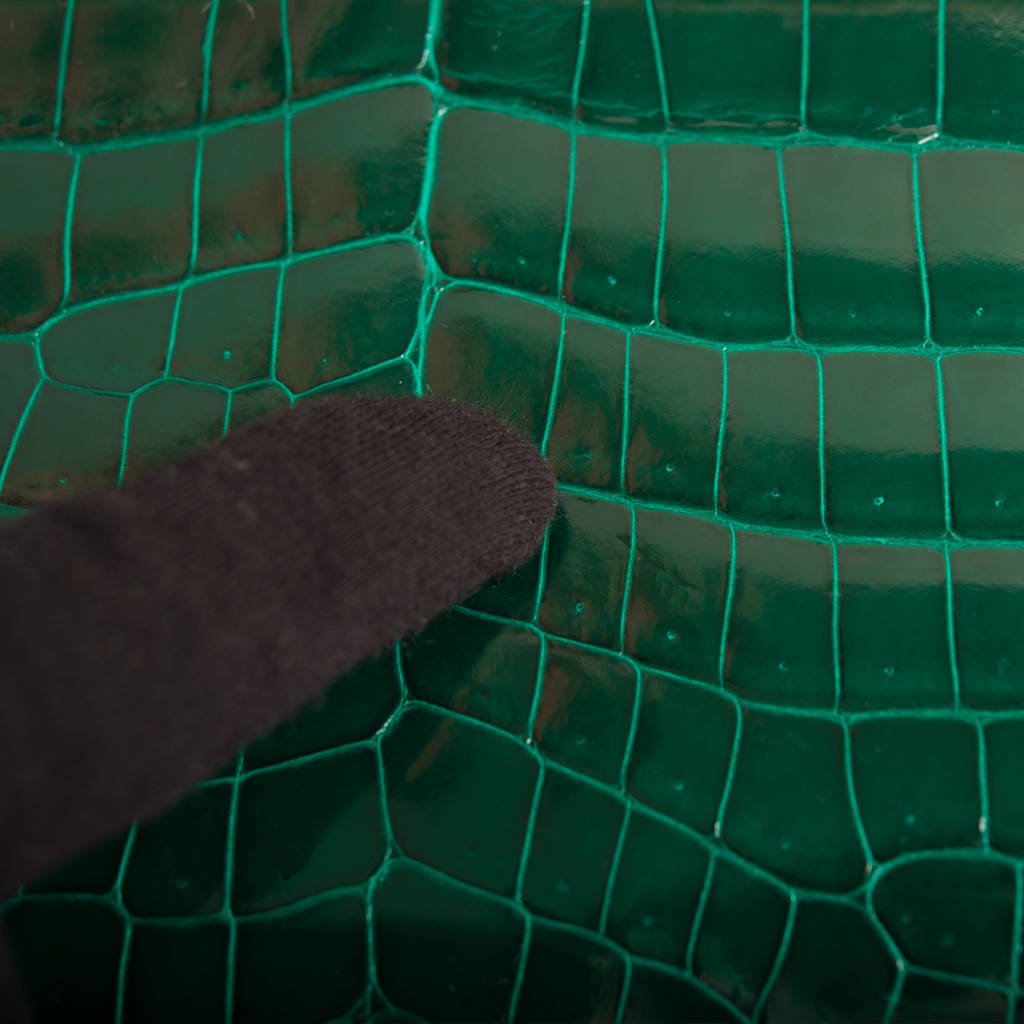
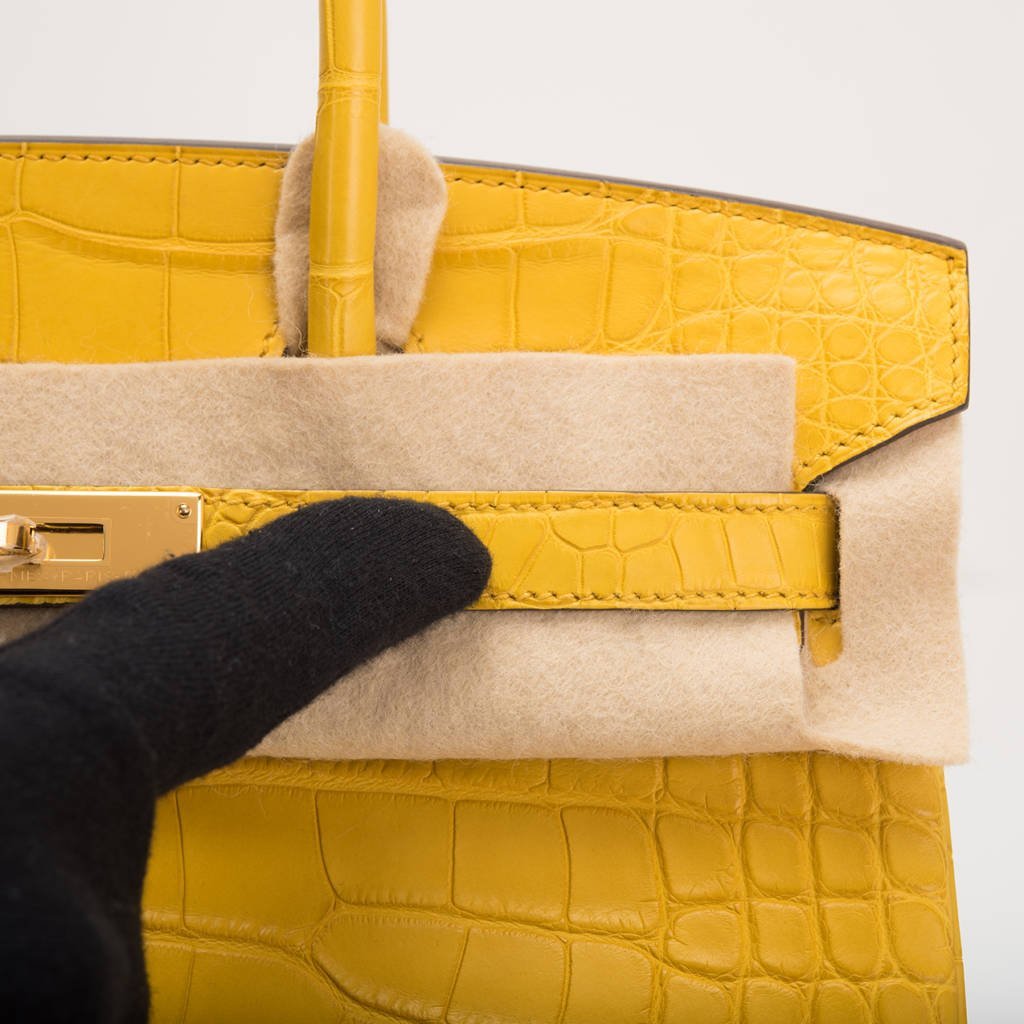
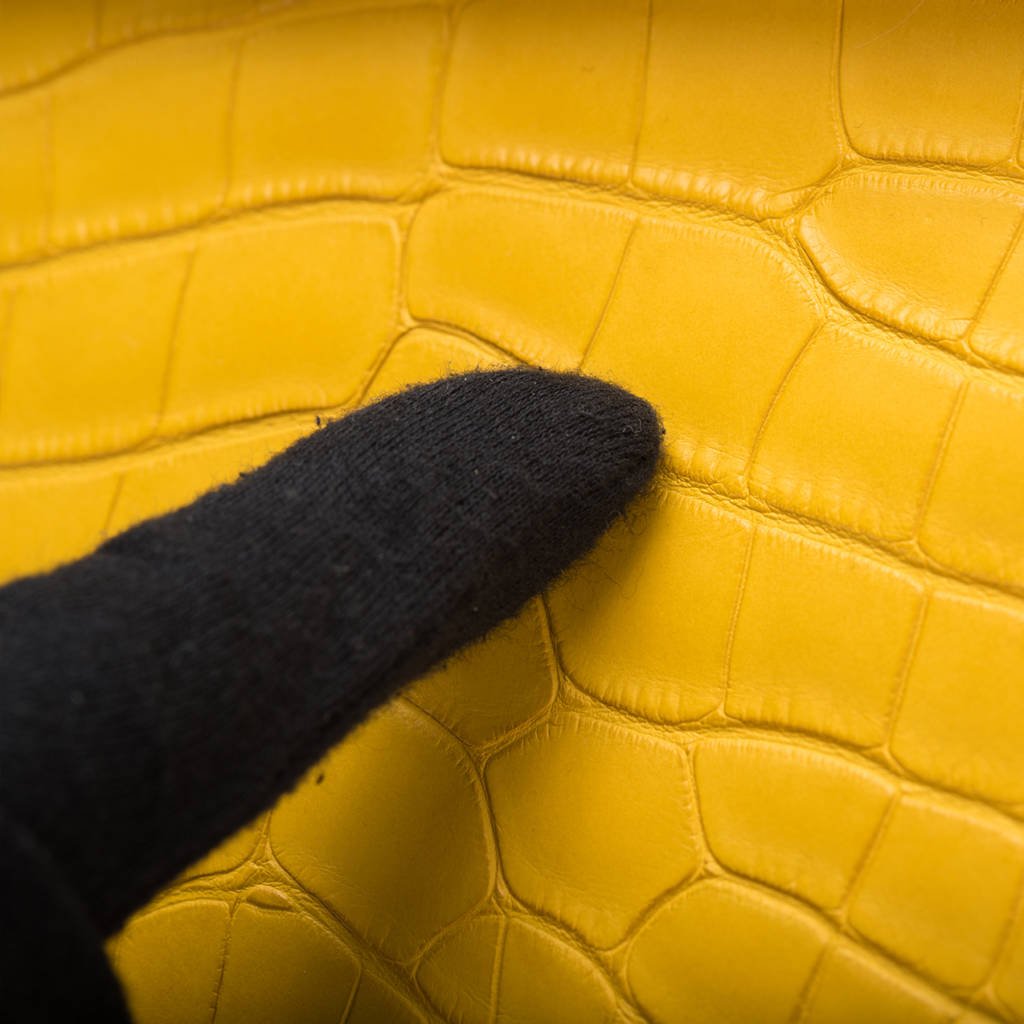
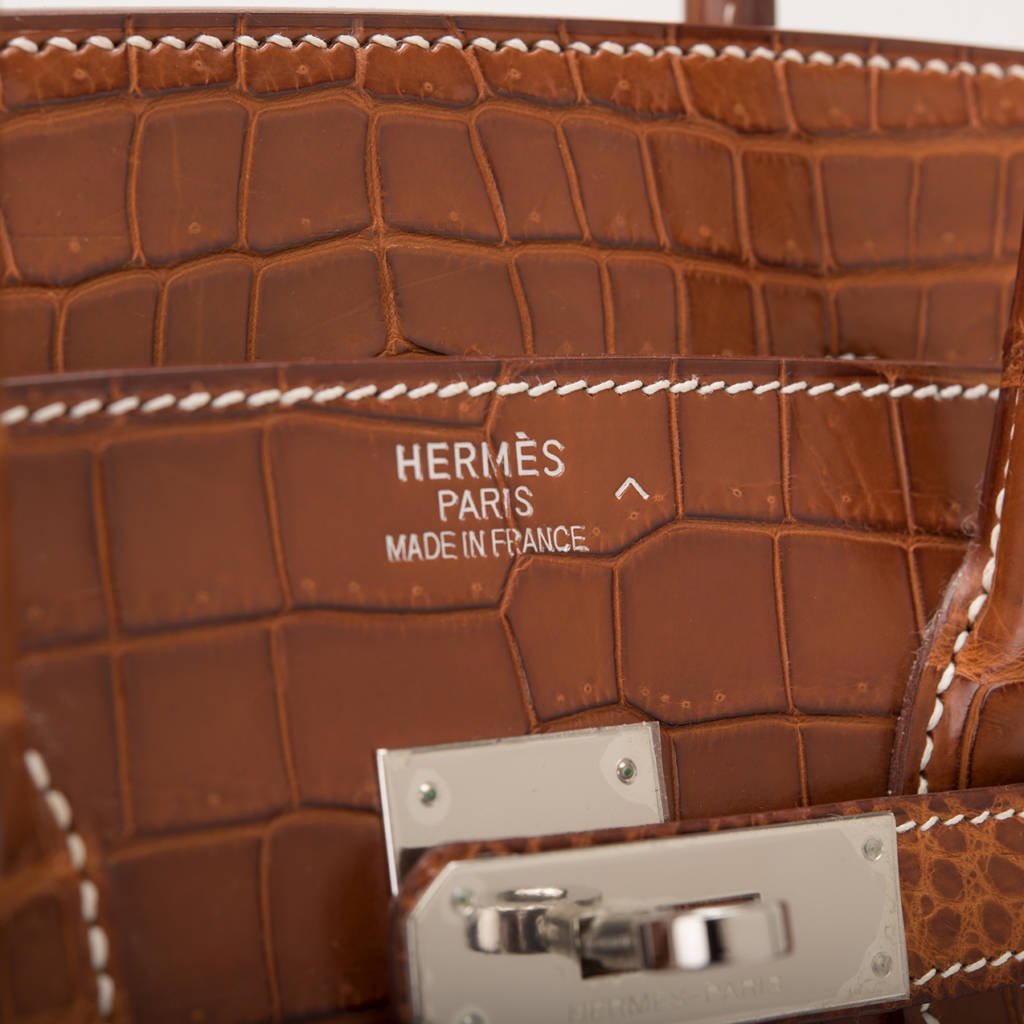
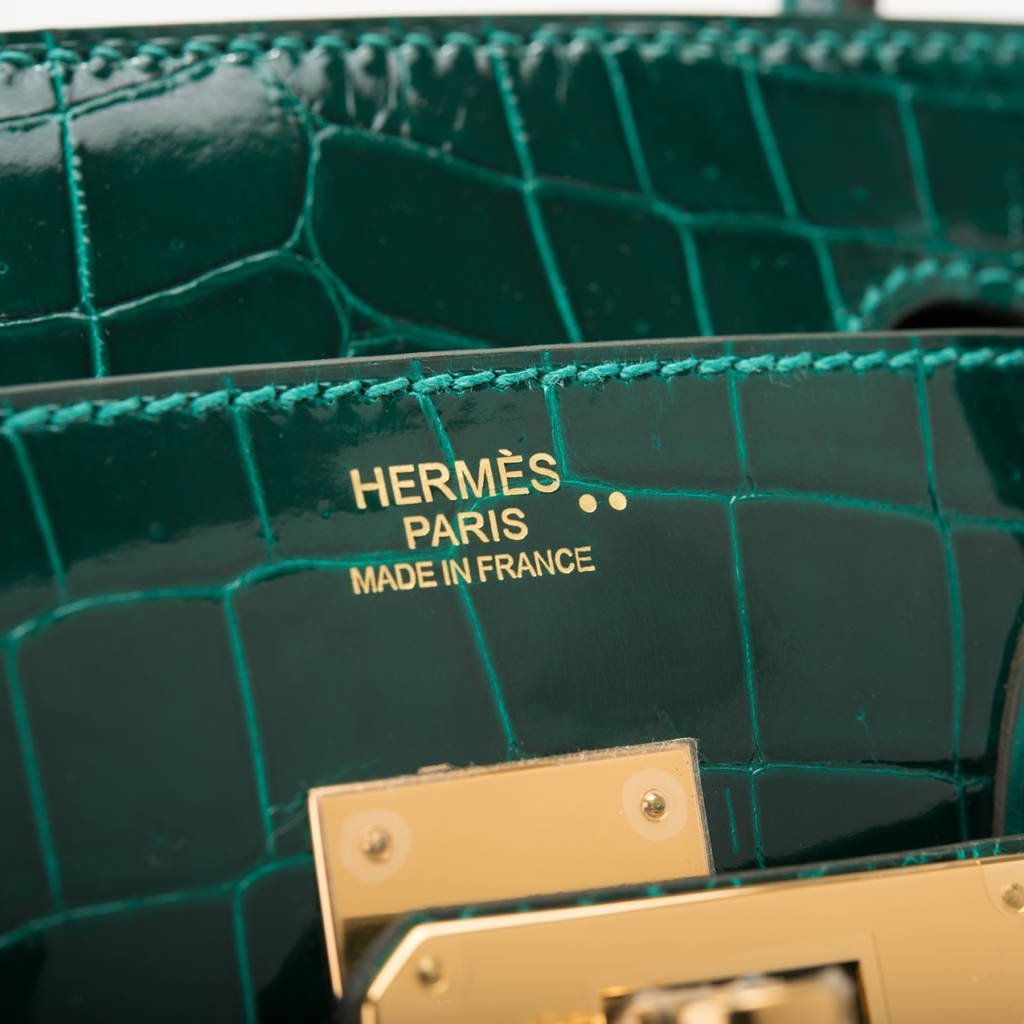
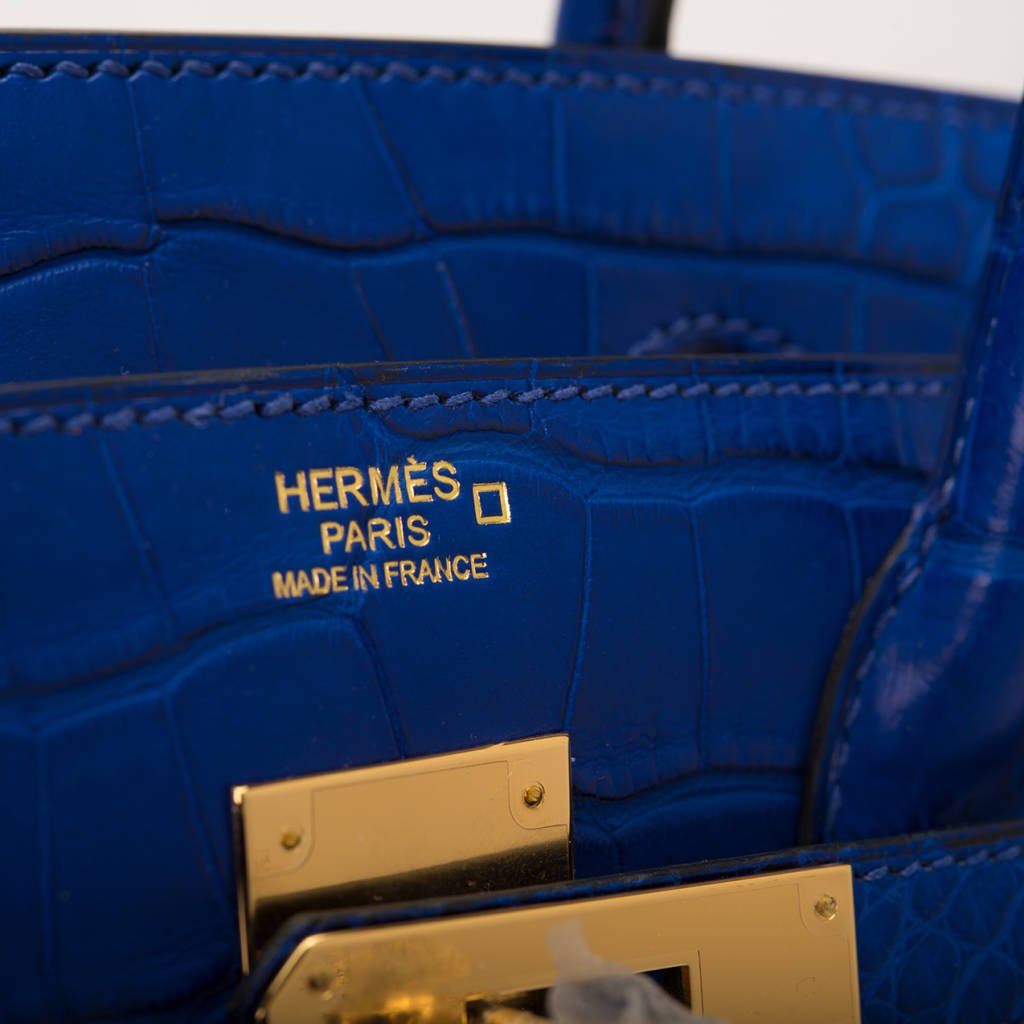
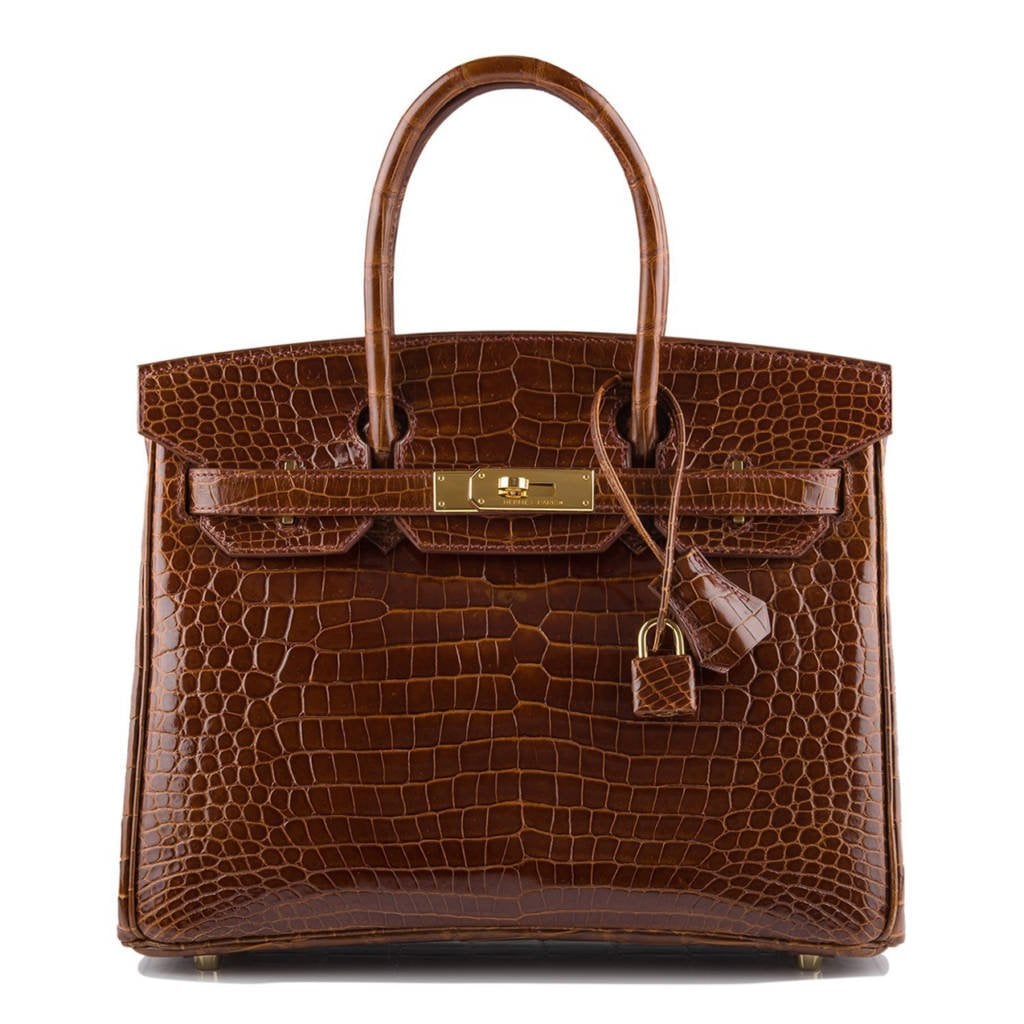
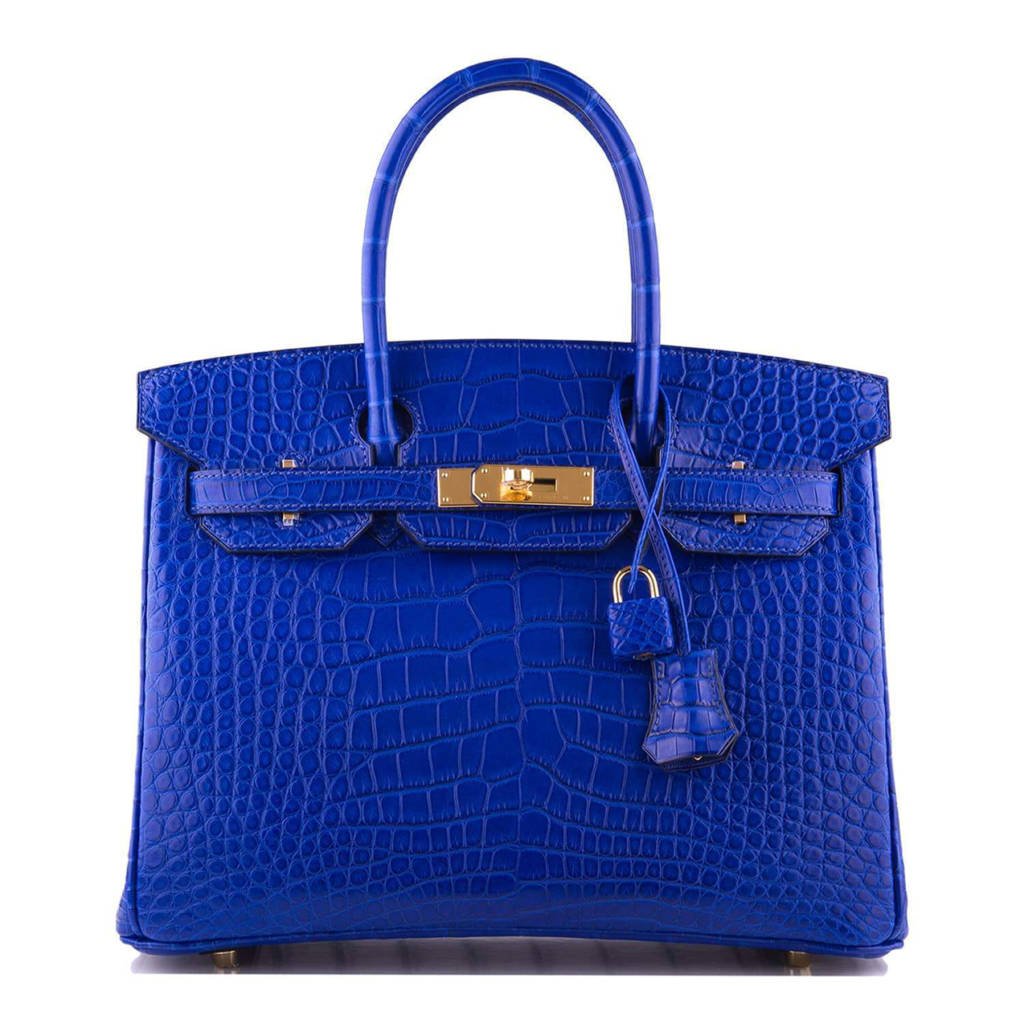
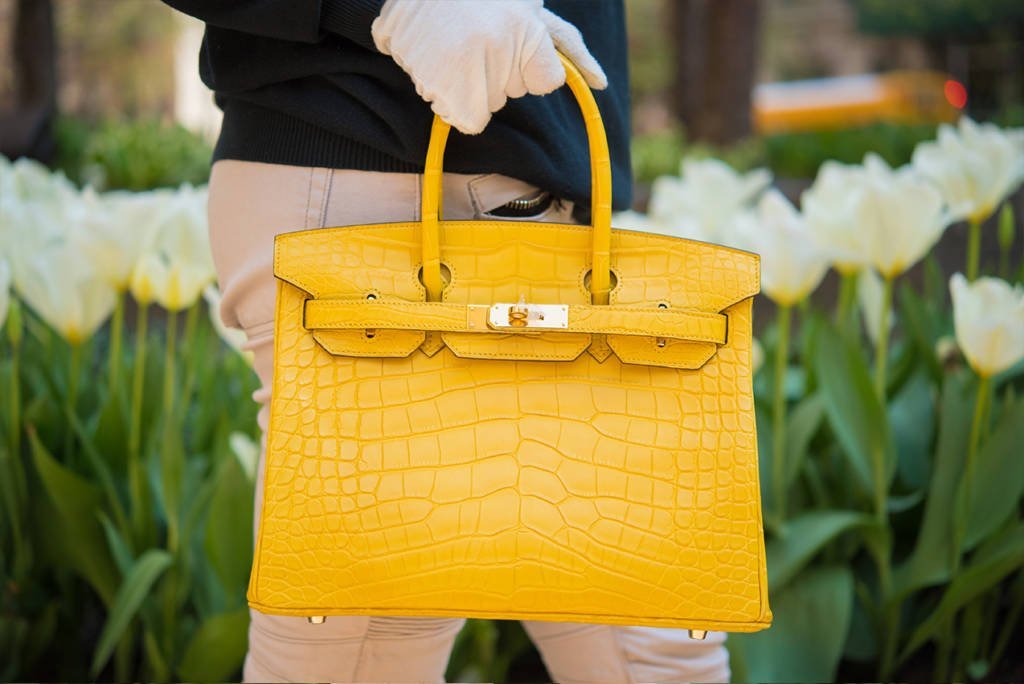
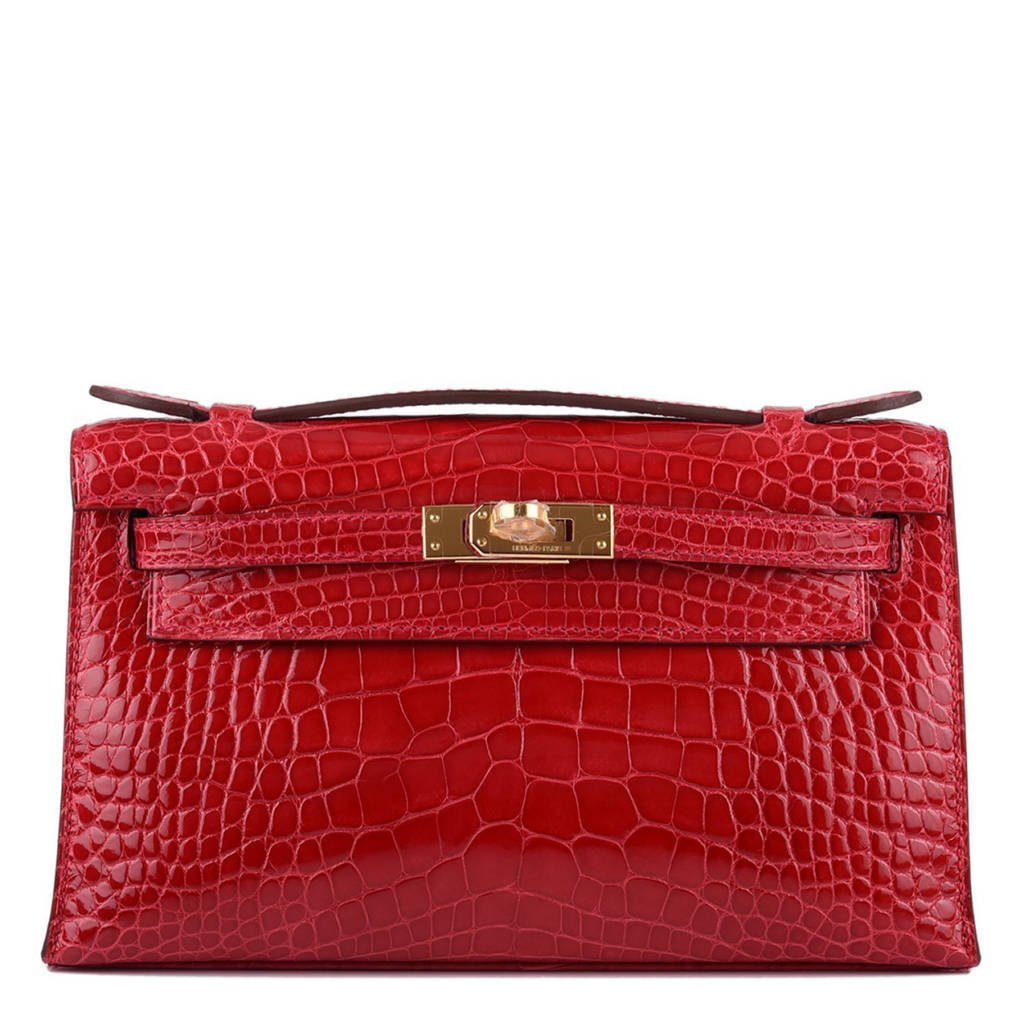
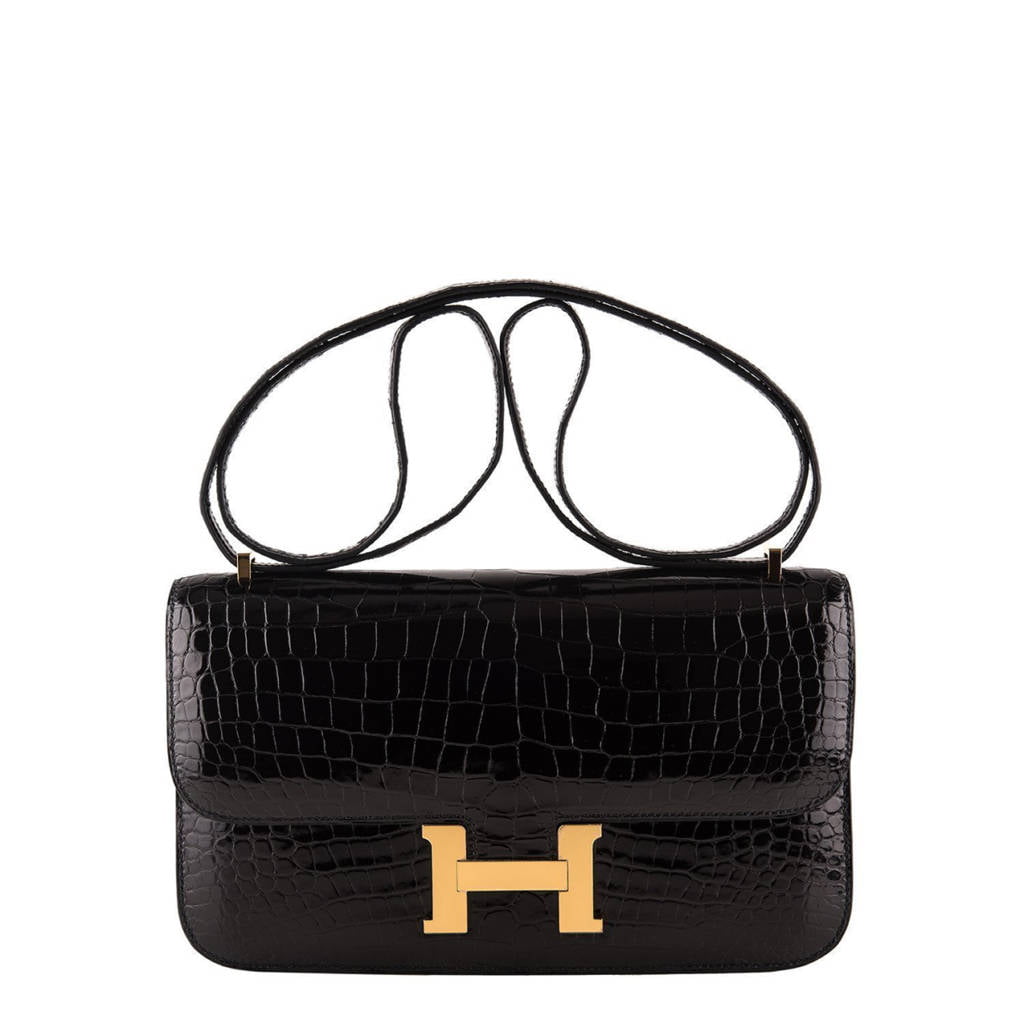
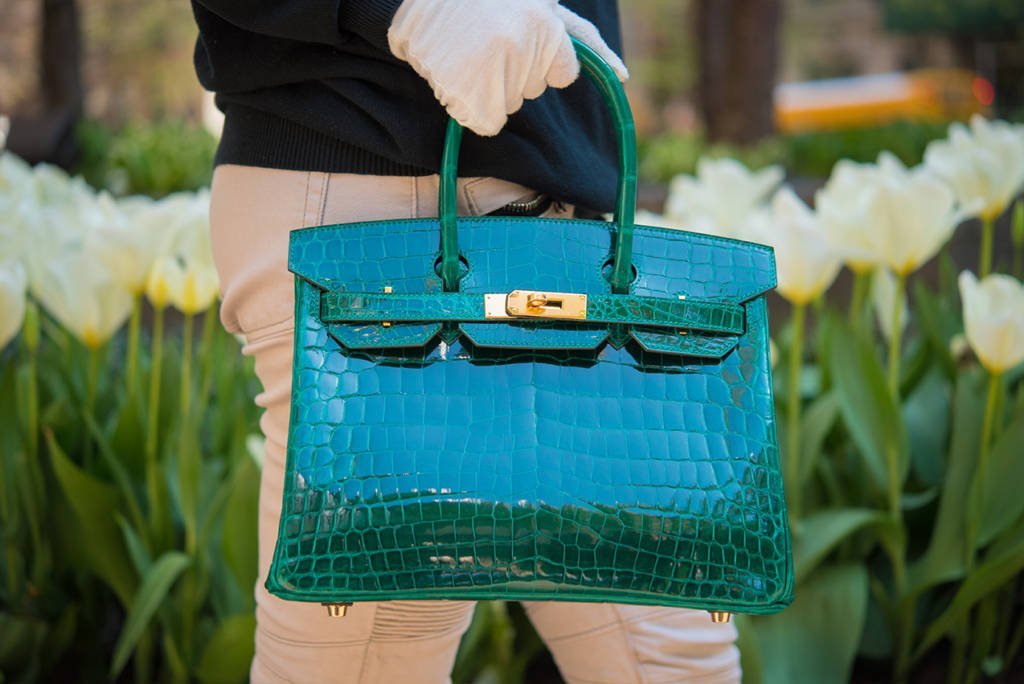


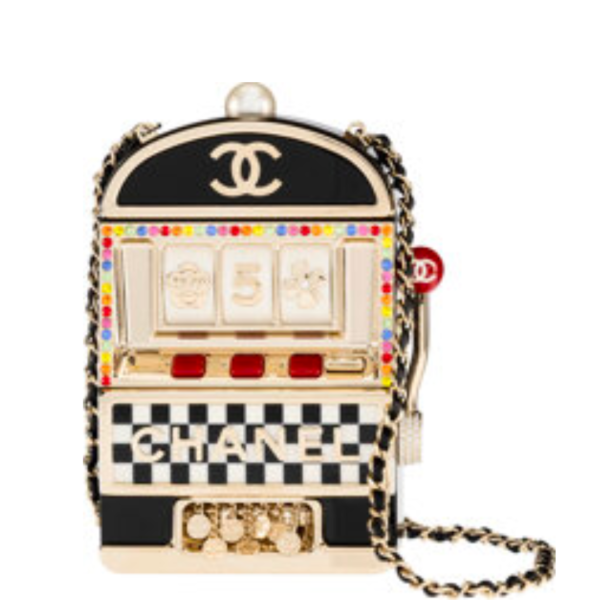
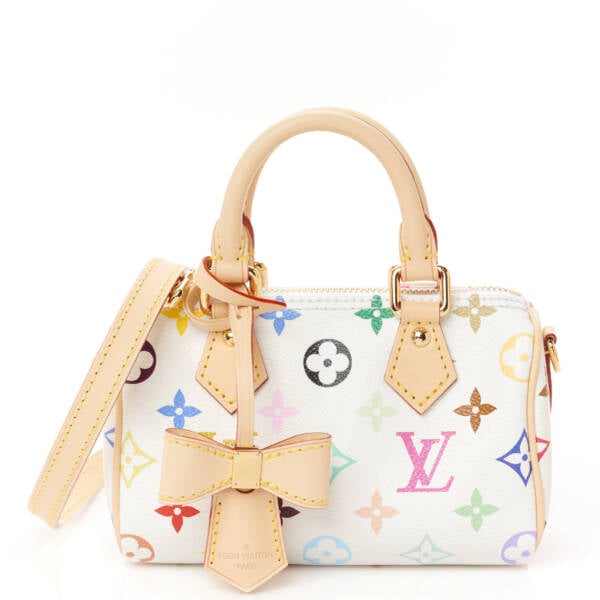
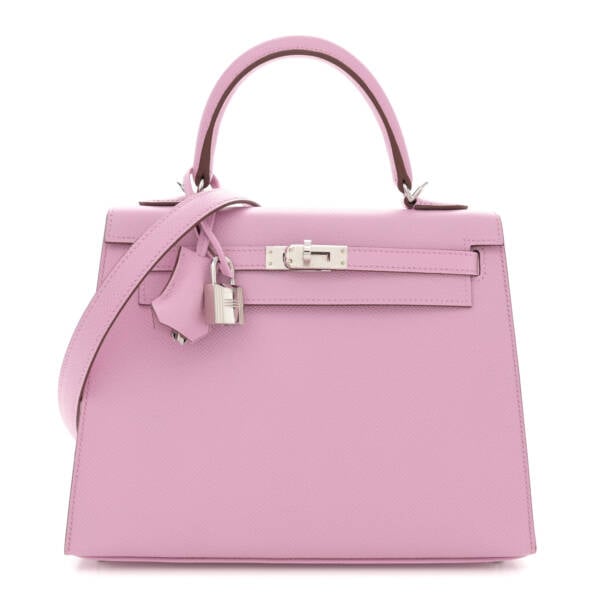
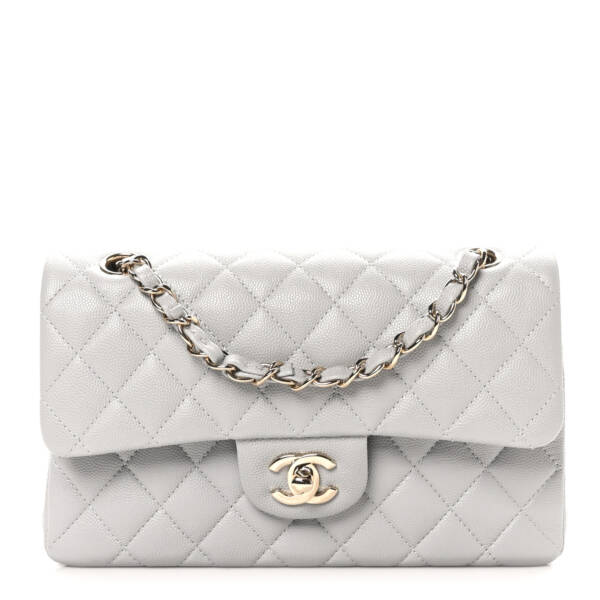
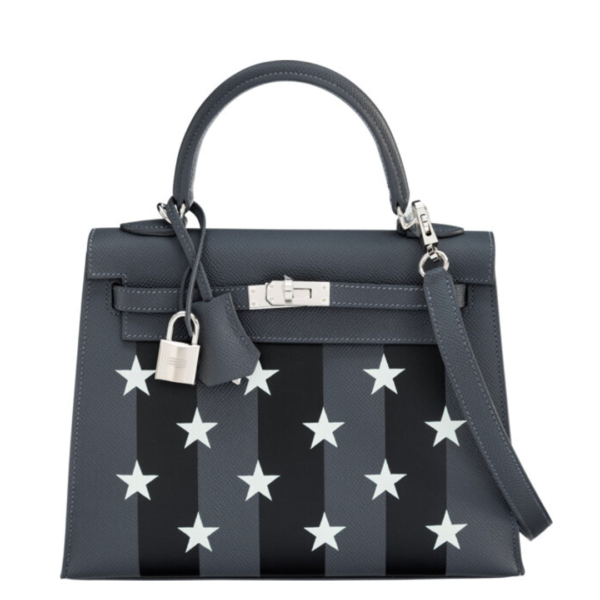

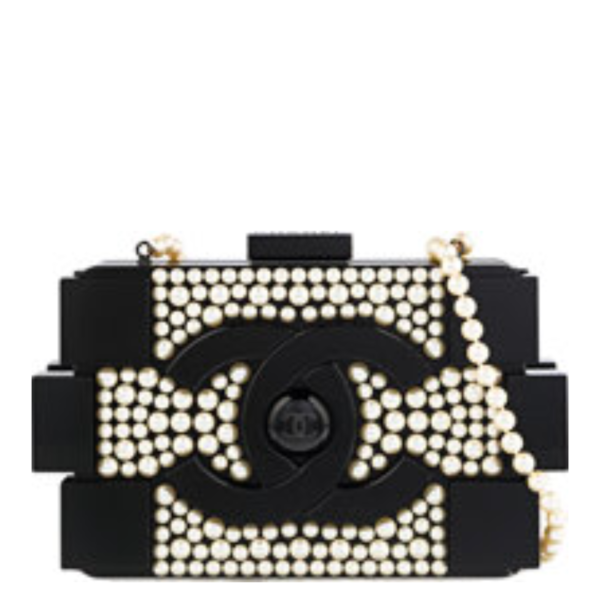
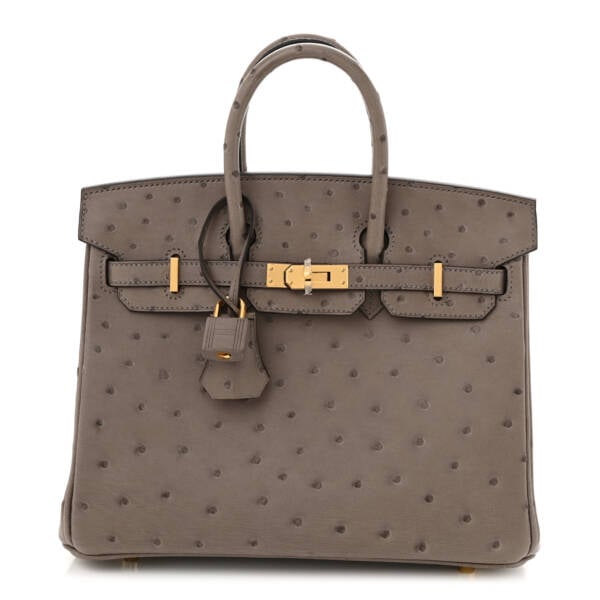
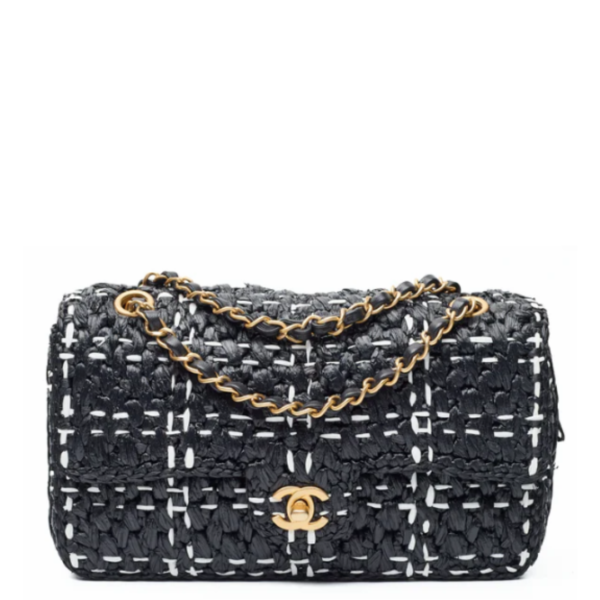
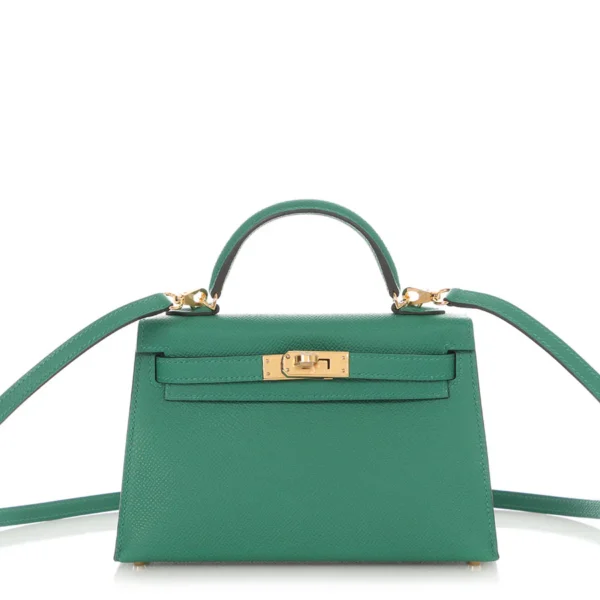


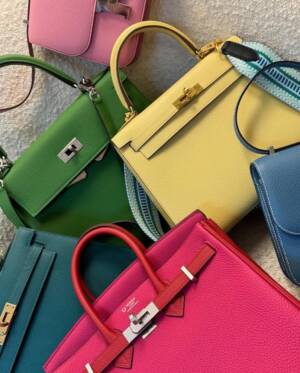
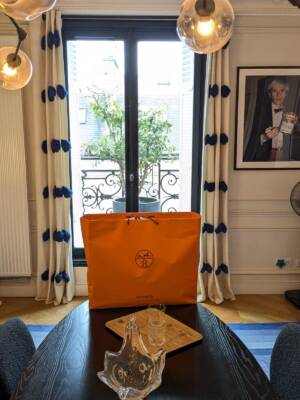

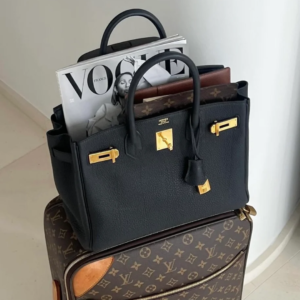



Comments